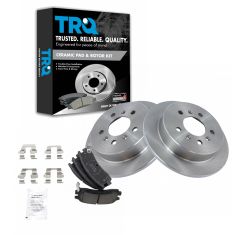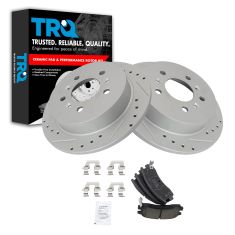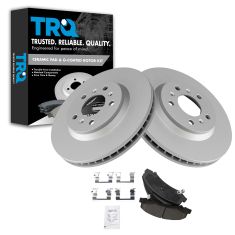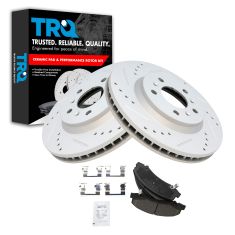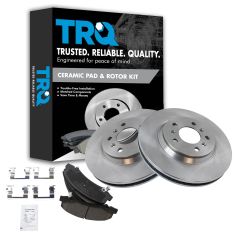1ABFS02466-Chevrolet Buick Front & Rear Ceramic Brake Pads TRQ BFA13027
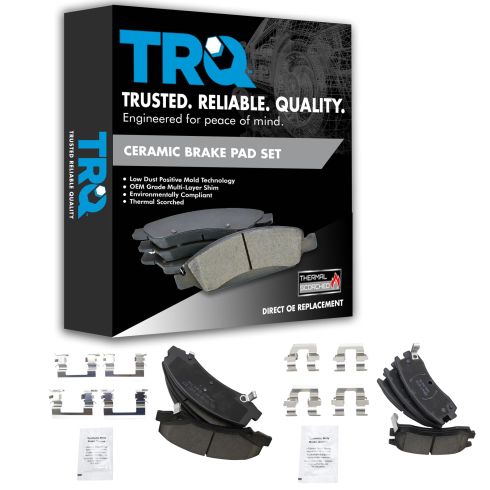
Replaces
2009 Chevrolet Impala Front & Rear Ceramic Brake Pads TRQ BFA13027

Product Reviews
Loading reviews
5.00/ 5.0
6
6 reviews
Front and rear brakes
November 27, 2018
The breaks I ordered was to exact specification,the price was more than reasonable,the shipment arrived ahead of schedule,and they work perfectly.i would highly recommend anyone to consider 1A auto for their car needs .I'm satisfied and I'm sure they will be also.
Great service and low cost
March 27, 2019
I have been shopping with these guys for some time now, definitely great quality parts for very low cost. I dont buy my auto parts any other way.
Excellent
May 5, 2019
Beautiful fit no problems
Brake pads
June 21, 2019
This is the second set of this particular brake pad set that I have purchased from 1A Auto, and they lasted for nearly 70,000 miles on the first set. I would absolutely recommend this product to anyone. Thanks 1A Auto!
Great product
February 4, 2020
I installed these about 2 weeks ago, and they are definitely worth it for the money. They stop almost as hard as my ZL1 with the huge rotors. I'm very impressed!
brake pad change
August 23, 2022
worked great
Customer Q&A
Whats difference between front an rear anything?
March 9, 2022
10
The front and the rear are different sizes.
March 10, 2022
Cristina P
Chevrolet is a registered trademark of General Motors Company. 1A Auto is not affiliated with or sponsored by Chevrolet or General Motors Company.
See all trademarks.








